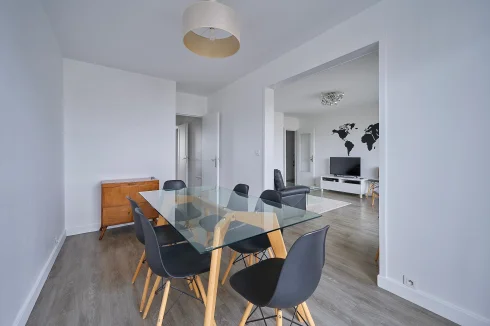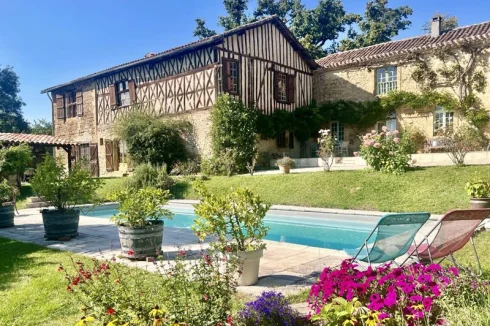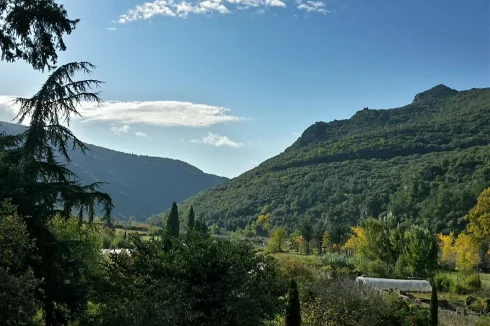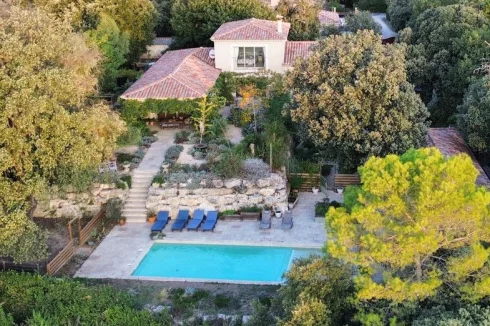Protection of Trees in France
Thursday 01 April 2010
The regulations concerning the protection of trees in France, as well as the tax breaks available for planting woodland.
The status of tree preservation orders (TPOs) that are used in the UK by the planning authorities is not known in France.
However, that is not to say there are no controls on the protections of trees, as they do exist in relation to:
- Large areas of woodland or forest;
- Within the vicinity of a listed building;
- Within a local plan or;
- In wildlife zones.
i. Large Woodland or Forest
If you are lucky enough to be the owner of 25 hectares of contiguous woodland or forest then there are a range of regulations that apply.
If you have an agreed management plan in place, called a Plan Simple de Gestion (PSG), then you are permitted to undertake such operations that are necessary consistent with this plan.
Where no such plan exists then you need the approval of the Direction Départementale de l'Agriculture et de la Forêt (DDAF), to undertake removal of trees.
If the wood is classified as an Espace Boisé Classé à Conserver (EBC) in the local plan – a Plan Local d'Urbanisme (PLU) or Plan d'Occupation des Sols (POS) – then the controls that will be exercised will be far stronger.
Where you own less than 25 hectares of adjoining woodland then no controls on the lopping or cutting of trees exists, unless otherwise listed as a Espace Boisé Classé à Conserver (EBC) in the local plan.
In these cases you need to make your request to the local mairie.
ii. Listed Buildings/Conservation Areas
In the case of those buildings in France that are classified as a ‘monument historique’ or ‘sites classés’ then no cutting of trees is generally permitted within 500 metres of the building(s) without the consent of the Architect de Batiment de France located in the local prefecture.
All trees with a conservataion area (Zone de Protection du Patrimoine Architectural, Urbain et Paysager (ZPPAUP) also require the approval of the Architect de Batiment de France for lopping or removal.
The same principle applies in a Secteur Sauvegardé, which tend to be larger than a ZPPAUP.
iii. Local Plan
Local authorities do often include with their local plan a provision that restricts new development within an area in which a woodland may be located.
Clearly, this may be most easily achieved by restricting development in the countryside, but it also occurs on the outskirts of built up areas where woodland exists, and within urban areas.
However, stopping development in the countryside does not necessarily prevent woodland being cut down.
In order for the wood to be fully protected it would need to be classified as a Espace Boisé Classé à Conserver (EBC) in the local plan. Alternatively, the local plan may also sometimes stipulate more general regulations regarding the lopping or cutting of trees.
The plan may sometimes (but rarely) have the affect of protecting only a single tree - as near as France gets to the UK equivalent of tree preservation orders.
Within rural areas, controls on the cutting of trees through local plans are not widespread, unless the wood is listed.
The local plan may also stipulate certain obligations regarding the planting of new trees as part of a new development.
iv. Wildlife Areas
Local authorities can also restrict cutting of trees within designated wildlife areas if they consider that preservation of the trees is necessary to protect the flora, fauna or animals that exist in the area.
Tax Issues
In the past, one of the biggest incentives towards the protection of trees has been that woodland is exempt from the local rates, the taxe foncière.
However, in recent years, with an increasing number of reductions or exemptions to other farmland, it is ceasing to become so much of an incentive to leave the land as woodland, particularly if the land is capable of cultivation.
Perhaps of greater interest is that with the increasing use of wood burners to heat homes, the price of wood is on the same trajectory (save for the effects of storm damage), thereby encouraging the planting and good maintenance of woodland, although not to a degree that most environmentalists consider is necessary to replenish the losses.
Tax breaks are available for planting, or investing in, at least 5 to 10 hectares (depending on location) of new woodland, and there are also generous tax breaks towards maintenance costs.
There are also tax breaks that apply in relation to inheritance tax, although none in relation to capital gains tax.
Neighbour Disputes
We have provided a guide to dealing with neighbour problems resulting from trees and shrubs, which you can find on the link below.
The guide provides information on the proximity of planting trees to adjoining properties, problems with overhanging branches, fallen trees and other related problems.
Thank you for showing an interest in our News section.
Our News section is no longer being published although our catalogue of articles remains in place.
If you found our News useful, please have a look at France Insider, our subscription based News service with in-depth analysis, or our authoritative Guides to France.
If you require advice and assistance with the purchase of French property and moving to France, then take a look at the France Insider Property Clinic.





